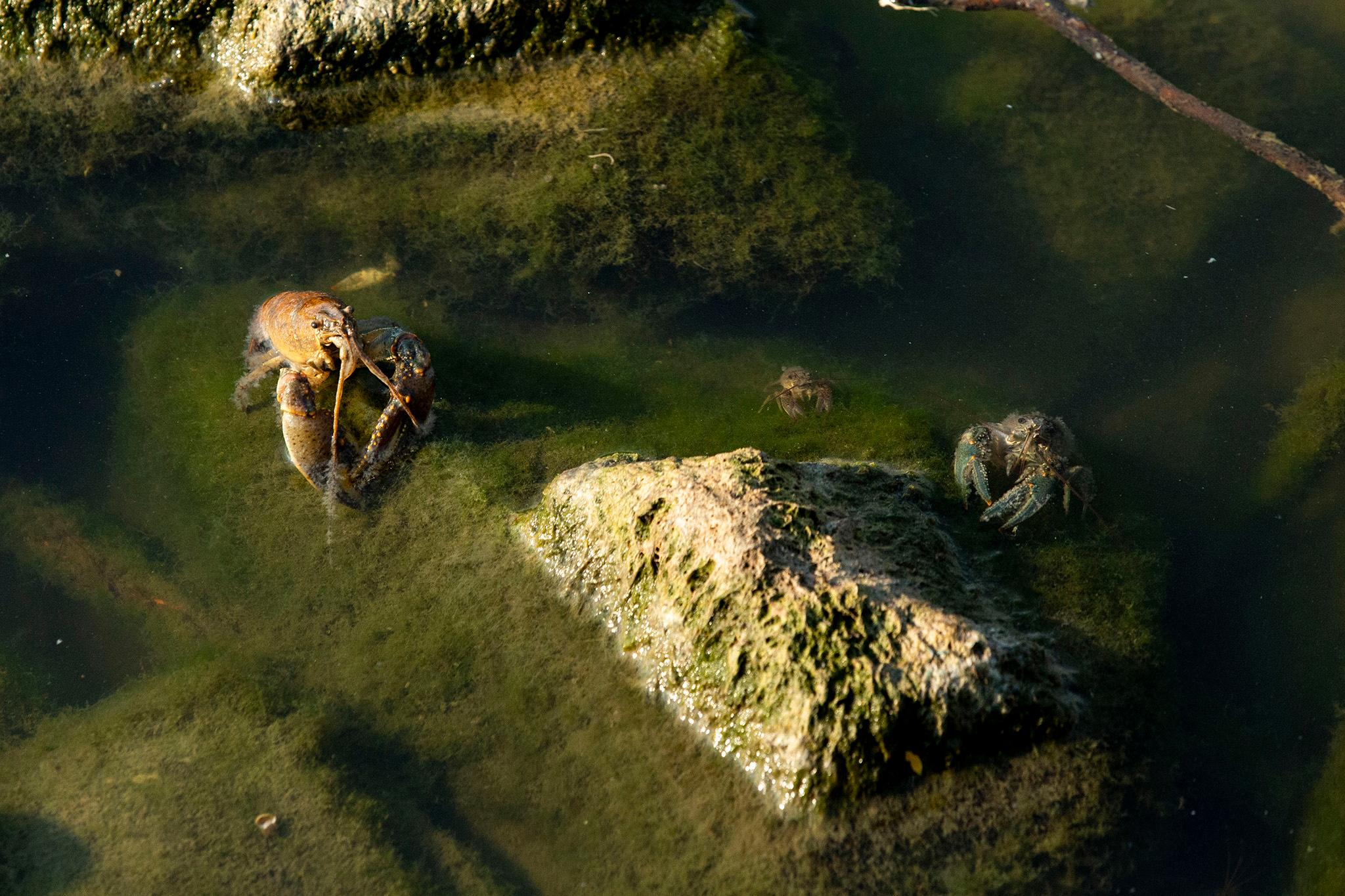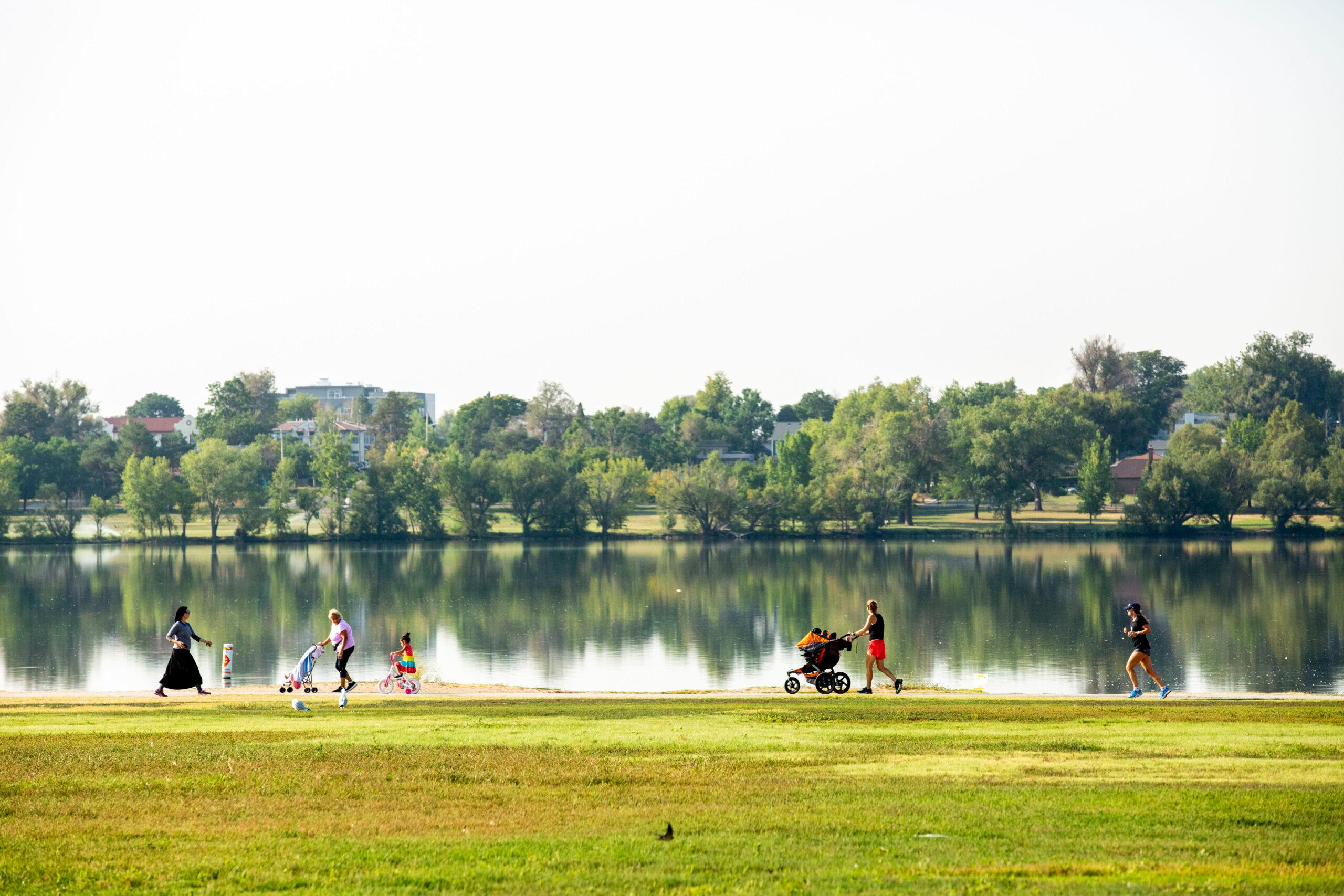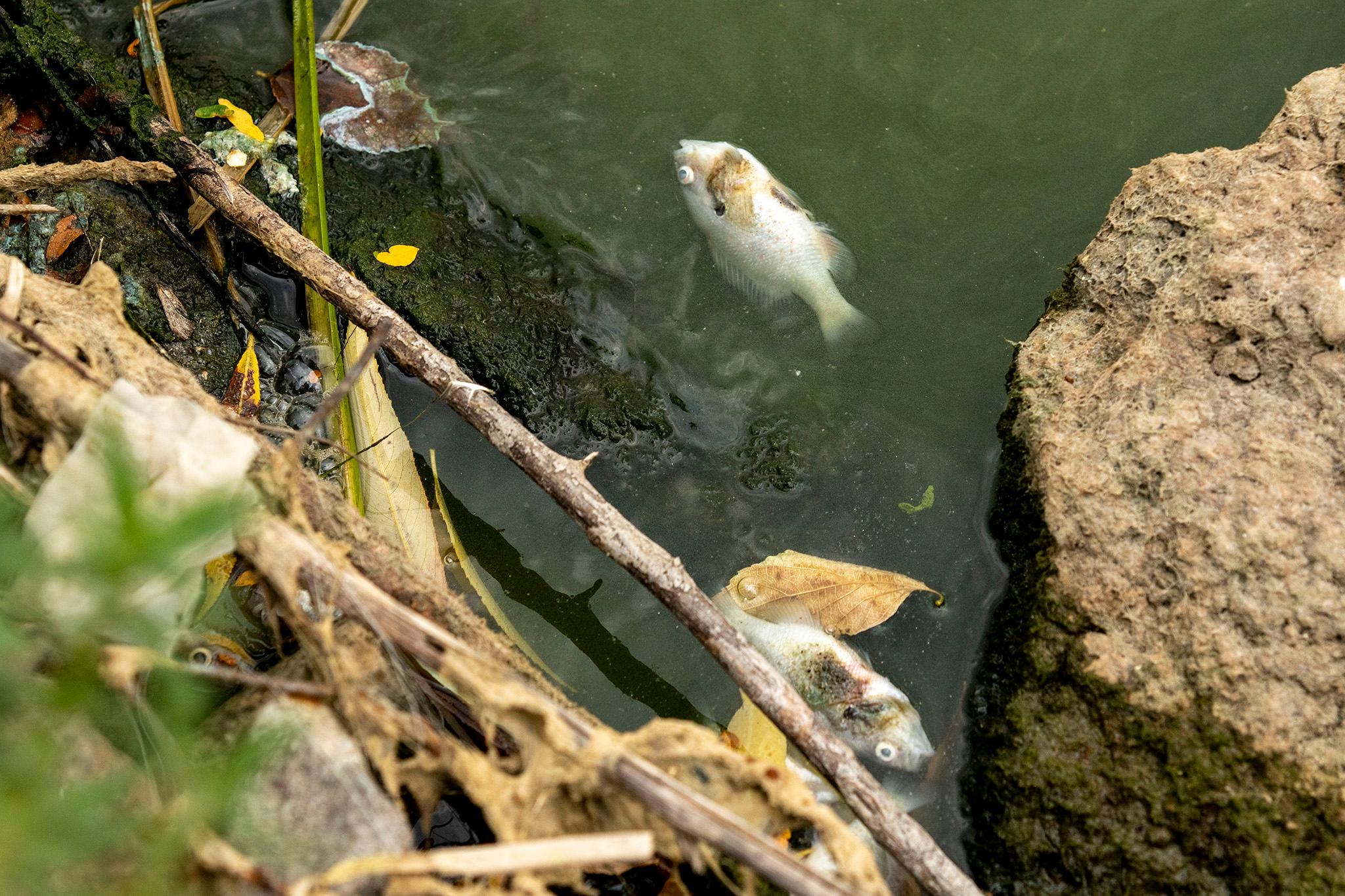A grim photo made the rounds on social media this week, showing dozens of fish belly up in Sloan's Lake. Those who visited the park recently may have smelled the fallout if they didn't see it for themselves.
Denver Parks and Recreation's deputy director Scott Gilmore said the die-off was due to combination of exposure to an algae bloom in the lake mixed with hot summer temperatures.
Warmer water holds less dissolved oxygen, he said, which can kill fish that need a lot of it. Sloan's is also "notoriously" shallow - most of the lake drops no deeper than five feet - so recent scorching weather would have no problem cooking all breathability away.
"We get fish kills every year in the city," Gilmore said. "This one is a little more excessive."
So far, city workers have counted at least 400 dead fish at Sloan's, and they're not done counting.

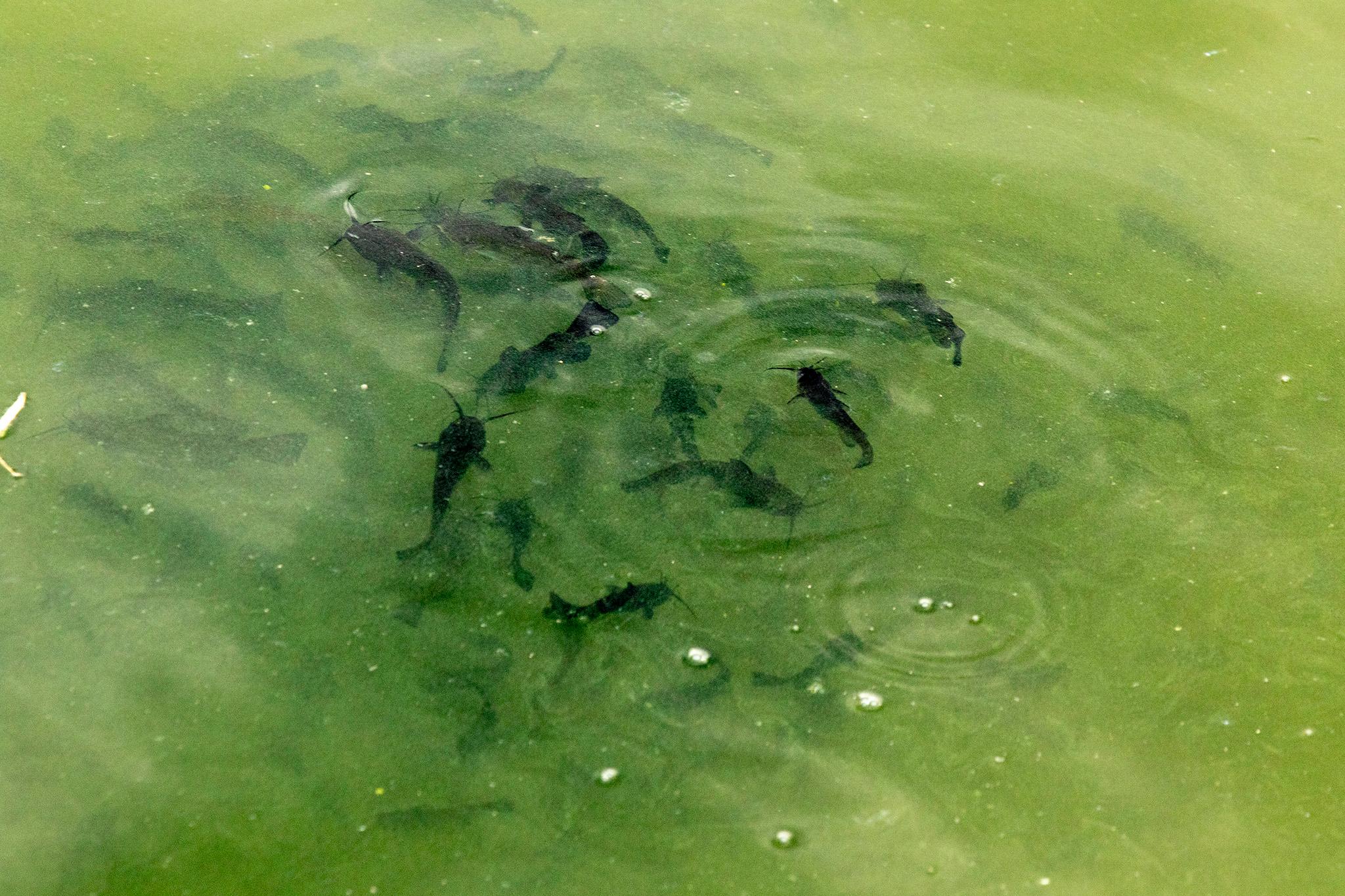
Ashley Rust, a professor at the Colorado School of Mines who studies water quality and lake ecosystem health, said die-offs typically happen in the fall. When air temperatures drop, low-oxygen water at the bottom of deeper lakes tends to churn to the surface and suffocates less hearty fish.
"It's not normal to have a die-off in the middle of the summer," she said.
It was Sloan's shallowness that likely pushed fish to their limit this week, she said, and toxins likely present from the algae probably played a role.
Climate change may well make it harder for oxygen-thirsty fish to stay in the city.
In the long-term, lakes and rivers across the West will become more hostile environments to fish that need a lot of oxygen, Rust said, especially if average temperatures continue to rise. In natural watersheds, fish can move to higher altitudes where they might find some relief.
"When they're stuck in a lake, they don't have that choice," she said.
So far, 2020 is Colorado's third-driest year on record and the 12th warmest.
Fish like the bluegill that floated to Sloan's surface are stocked each year for fishing, and Gilmore said climatic shifts over time may eventually force the city to rethink which species it stocks in lakes like Sloan's.
In the meantime, he said the city has begun to mitigate the oxygen issue that accompanies heatwaves.
In the last few years, Denver outfitted lakes at City and Washington parks with aerators, which help churn the water and infuse it with oxygen. You may see bubbles floating up from Ferril Lake at City Park, where subsurface machines are doing that work. At Washington Park's Smith Lake, you may see solar-powered aerators on top of the water.
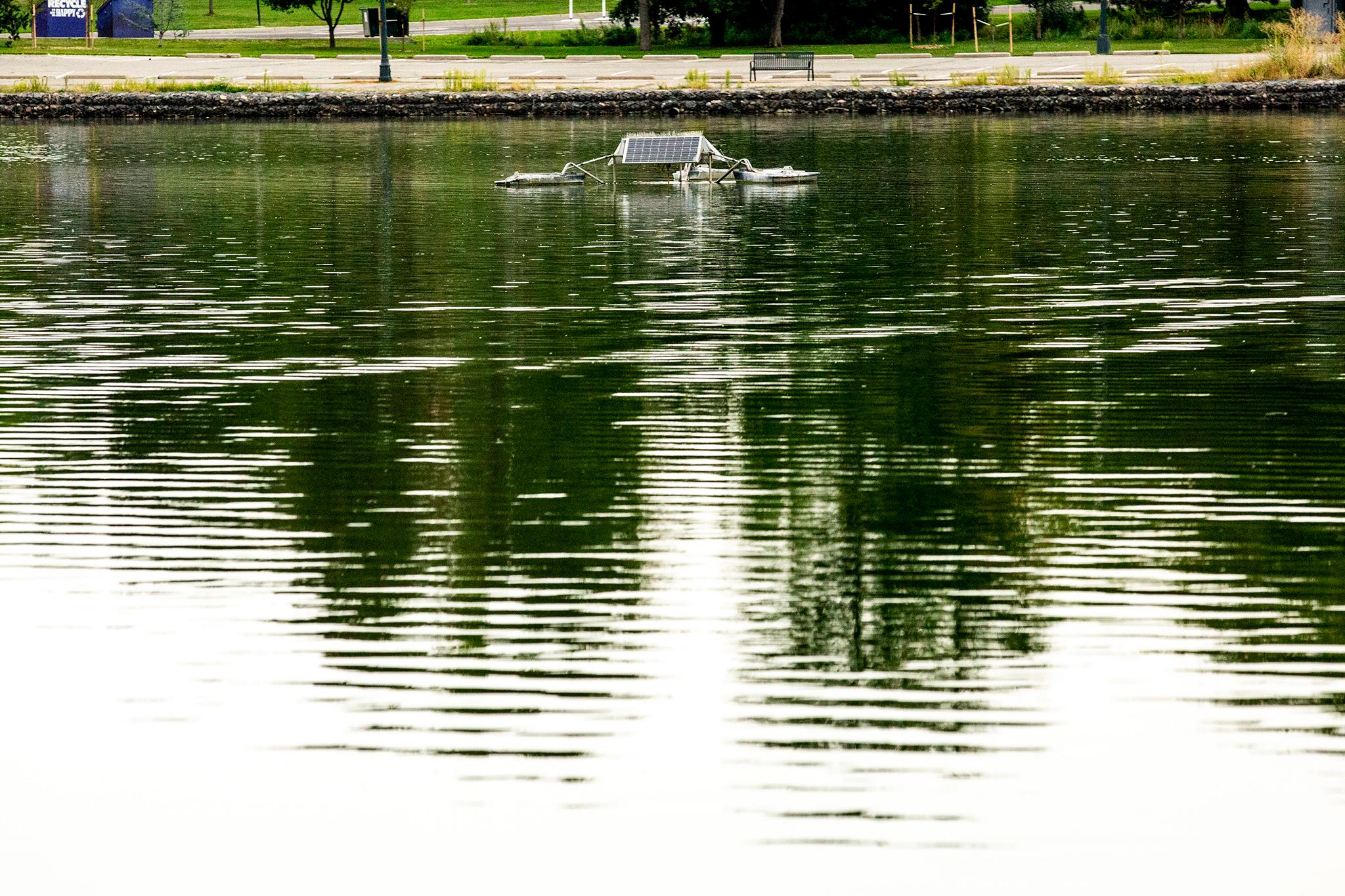
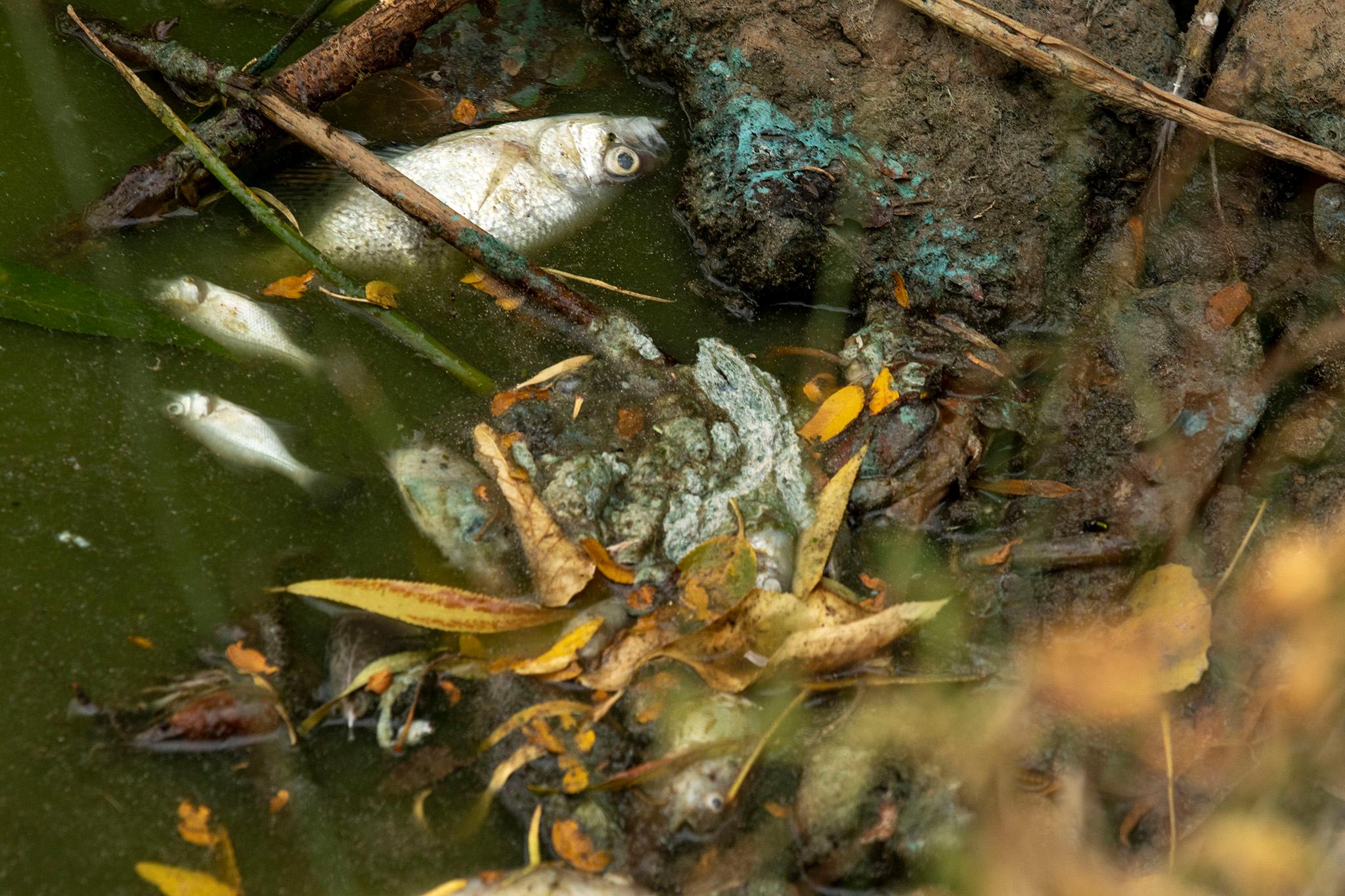
Sloan's usually allows motor boats to speed around the lake, which helps oxygenate the water a little bit, Gilmore said. But they've been banned this year due to the pandemic: "You cant social distance on a boat."
He said it can be tough to manage an ecosystem built in a city. There's a lot of fertilizers around that can encourage algae blooms, though Denver has worked to install green infrastructure to help deal with runoff. Still, he said, he's managing a lake that wouldn't exist without human influence.
"These habitats we've created in the city aren't just naturally occurring," he said. "It's challenging. We live in a high desert."
This story has been updated.

